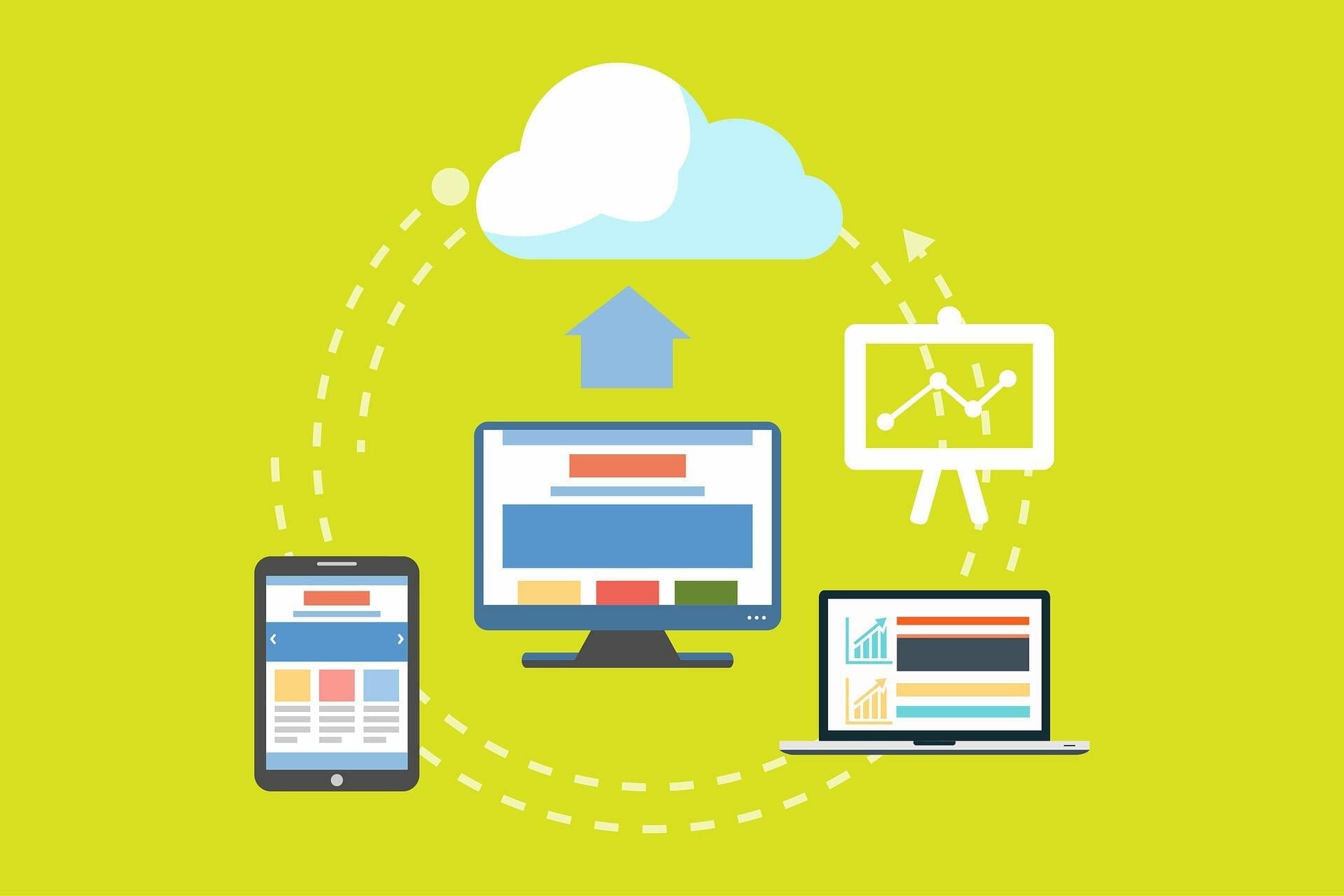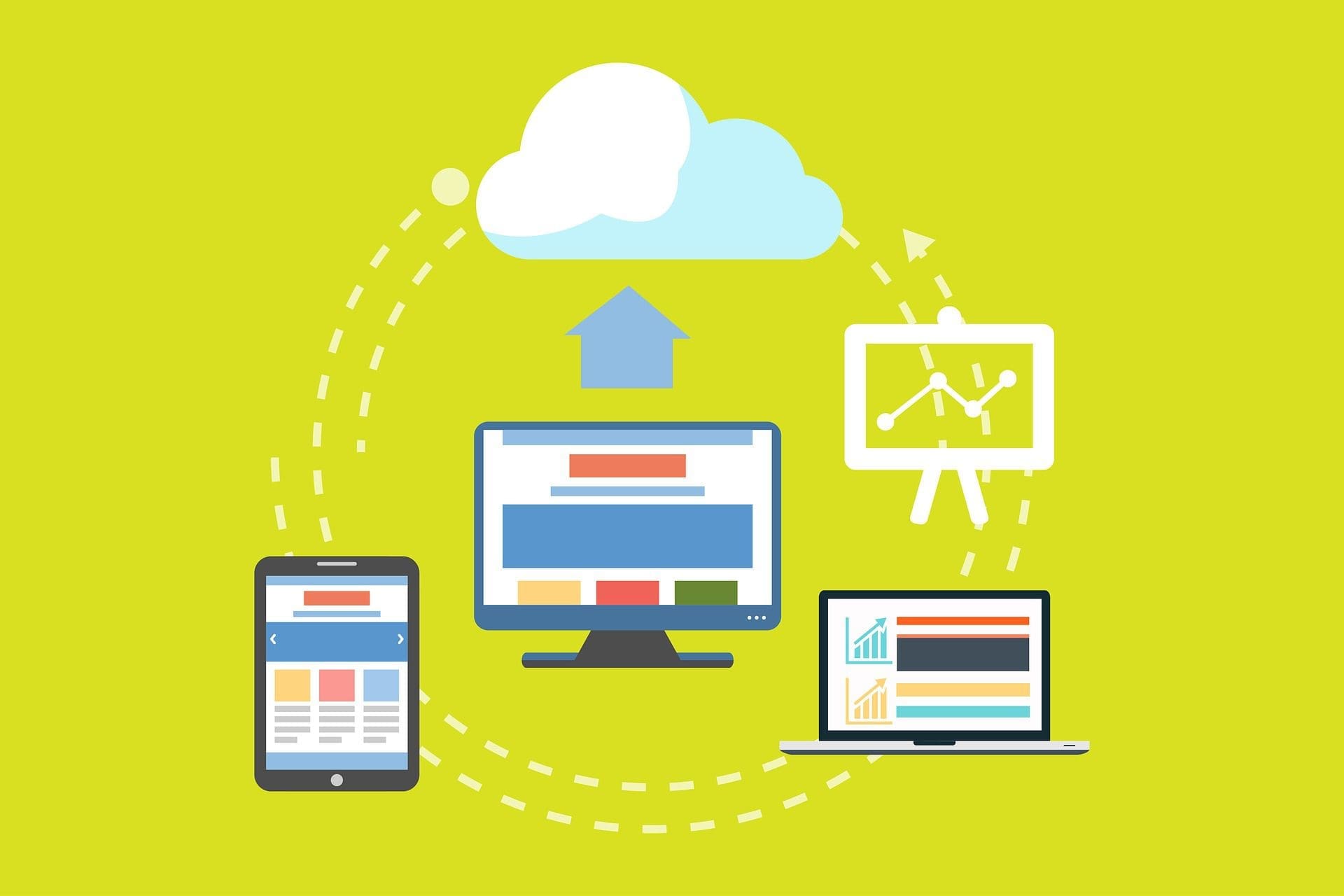In today’s ever-evolving digital landscape, small businesses have more opportunities than ever. Many of these call for leveraging technology to their advantage. Embracing the right tech trends can help businesses compete. It enables them to streamline operations, enhance customer experiences, and fuel growth.
But it can be confusing knowing which routes to take. Most small businesses need to choose the route that is going to bring the biggest return.
Below, we’ll explore five small business tech trends. These trends have the potential to drive success. As well as propel your business forward in an increasingly competitive market.
1. Cloud Computing: Expanding Possibilities
Cloud computing has emerged as a game-changer for businesses of all sizes. And some believe small businesses are among the most benefitted. 82% of small to medium businesses report reduced costs after adopting cloud tools.
The cloud offers many benefits. It’s a cost-effective and scalable solution for data storage, software access, and collaboration. By migrating to the cloud, small businesses can save. They cut the need for on-premises infrastructure. This reduces maintenance costs and gives enhanced flexibility.
Also, cloud-based tools and platforms enable teams to work remotely. This can promote collaboration and improve productivity. Working in the cloud offers access to real-time data and apps from any location. This enables small businesses to make informed decisions faster. They can also respond to market changes with agility.
2. Artificial Intelligence: Automating Efficiency
Artificial Intelligence (AI) has revolutionized the way businesses operate. This year alone, ChatGPT has completely transformed many business apps. We cannot overstate AI’s potential benefits for small businesses.
AI-powered tools and algorithms can automate routine tasks. Such as data entry, customer service, and inventory management. This frees up valuable time for employees to focus on higher-value activities.
Chatbots, for instance, enable small businesses to provide 24/7 customer support. All without the need for more staff or paying overtime hours.
AI also empowers businesses to gain actionable insights from vast amounts of data. This helps them optimize processes, personalize marketing strategies, and enhance customer experiences.
Embracing AI technologies can give small businesses a competitive edge. It does this by boosting efficiency, reducing costs, and improving decision-making.
3. E-commerce and Mobile Commerce: Expanding Reach
The rise of e-commerce and mobile commerce has opened up new avenues for small businesses. They can now easily reach a global audience. Using websites and apps, companies can sell anywhere at any time.
It’s easier than ever to put up a secure payment gateway and take payments online. These “plug-and-play” e-commerce sites and apps can create a seamless user experience. This allows small businesses to build trust and encourage repeat purchases.
Businesses can easily understand customer preferences by leveraging data analytics. They can also optimize inventory management and personalize marketing campaigns.
By embracing e-commerce and mobile commerce, small businesses can grow quickly. They can extend their reach beyond geographical boundaries. As well as tap into new markets, thereby fueling growth opportunities.
4. Data Security: Safeguarding Trust
As businesses increasingly rely on digital technologies, data security becomes paramount. Small businesses are just as vulnerable to cyber threats as larger enterprises. This makes it essential to prioritize data security measures.
46% of all data breaches impact businesses with less than 1,000 employees.
It’s important to put robust cybersecurity practices in place. This includes things like:
- Encryption
- Multi-factor authentication
- Regular data backups
- Endpoint protection
- Identity and access management
- Advanced threat protection
Additionally, two more tactics to proactively manage risks include:
- Staying informed about emerging threats
- Investing in employee training
Customers value businesses that focus on their data security. A strong security posture can instill trust and confidence. This leads to long-term customer loyalty and positive brand reputation.
5. Automation and Workflow Integration: Streamlining Operations
Automating business processes can significantly streamline operations. When small businesses integrate workflows they save time and money. Workflow automation eliminates repetitive manual tasks. It also reduces human error and enhances efficiency.
Think about integrating various systems and applications. Such as customer relationship management (CRM), project management, and accounting software. Integration can end silos and ensure seamless information flow across different departments.
Other benefits include:
- Enabling better coordination
- Fostering collaboration
- Optimizing resource allocation
- Improving productivity
- Enhancing customer satisfaction
Small businesses that leverage automation and workflow integration gain a competitive advantage. They operate more efficiently and deliver superior experiences to their customers.
Take an Important Step Toward Digital Growth
In today’s digital era, small businesses have a ton of tech tools and trends at their disposal. But it takes guidance to know what to do and how to do it.
While embracing cloud computing, AI, e-commerce, data security, and automation can help. To stay competitive small businesses need a clear and affordable path. One that makes sense for their business goals.
We can be your digital transformation guide.
Give us a call today to schedule a chat about tech solutions to fuel your growth.
This Article has been Republished with Permission from The Technology Press.






